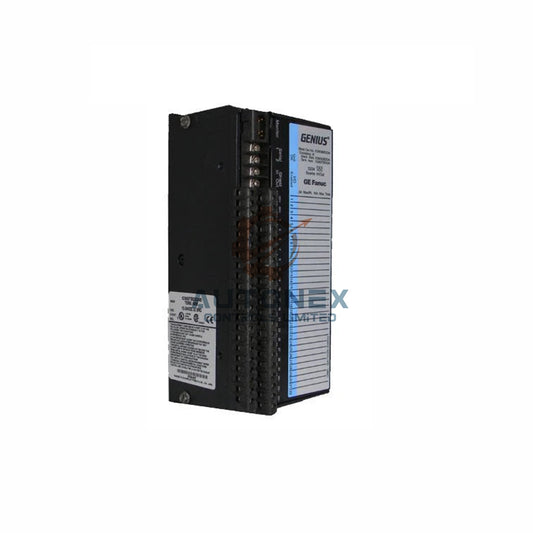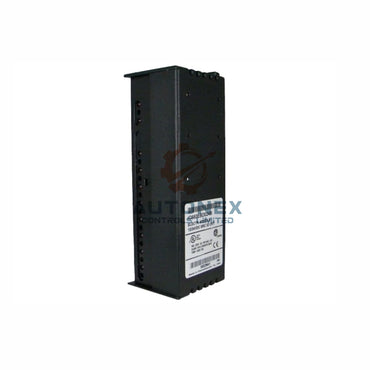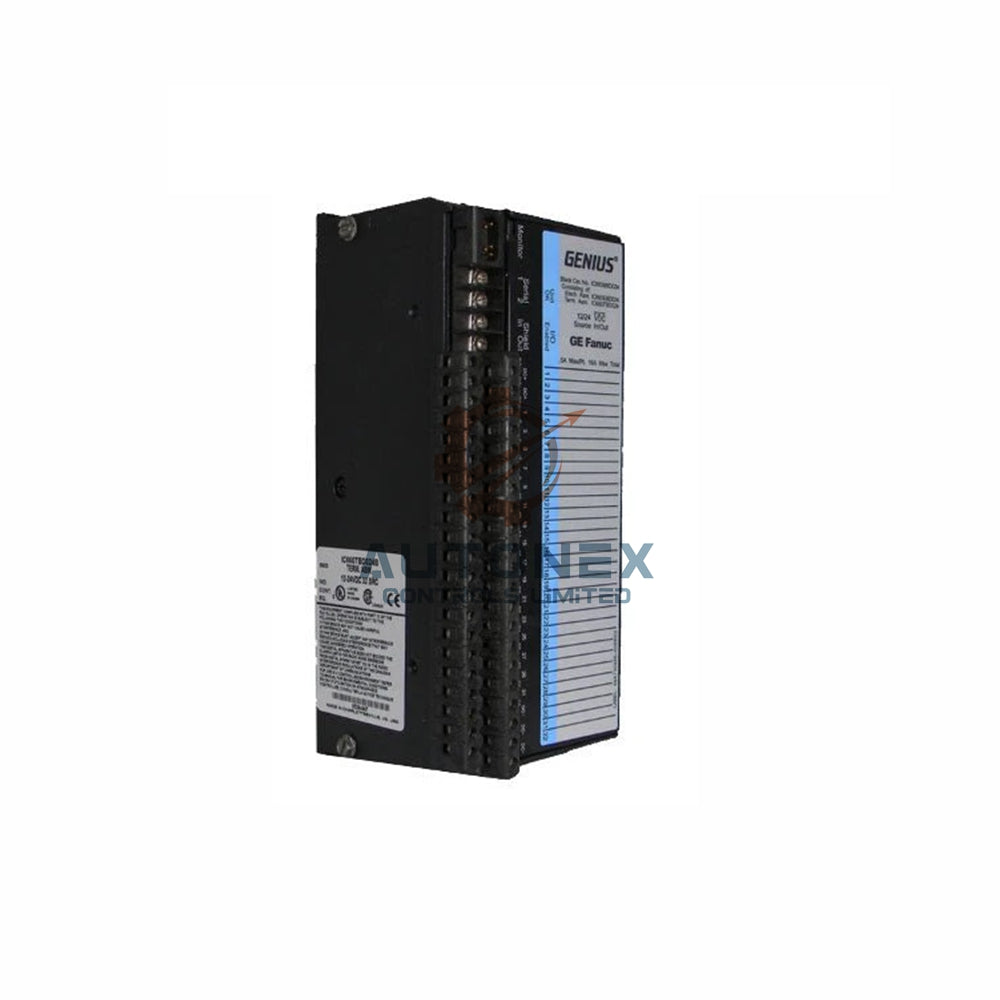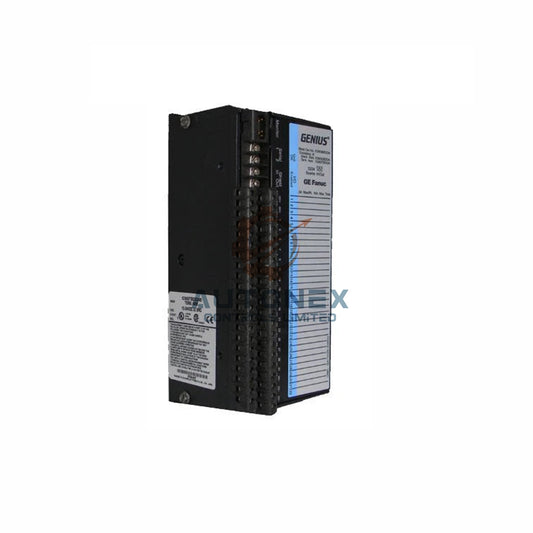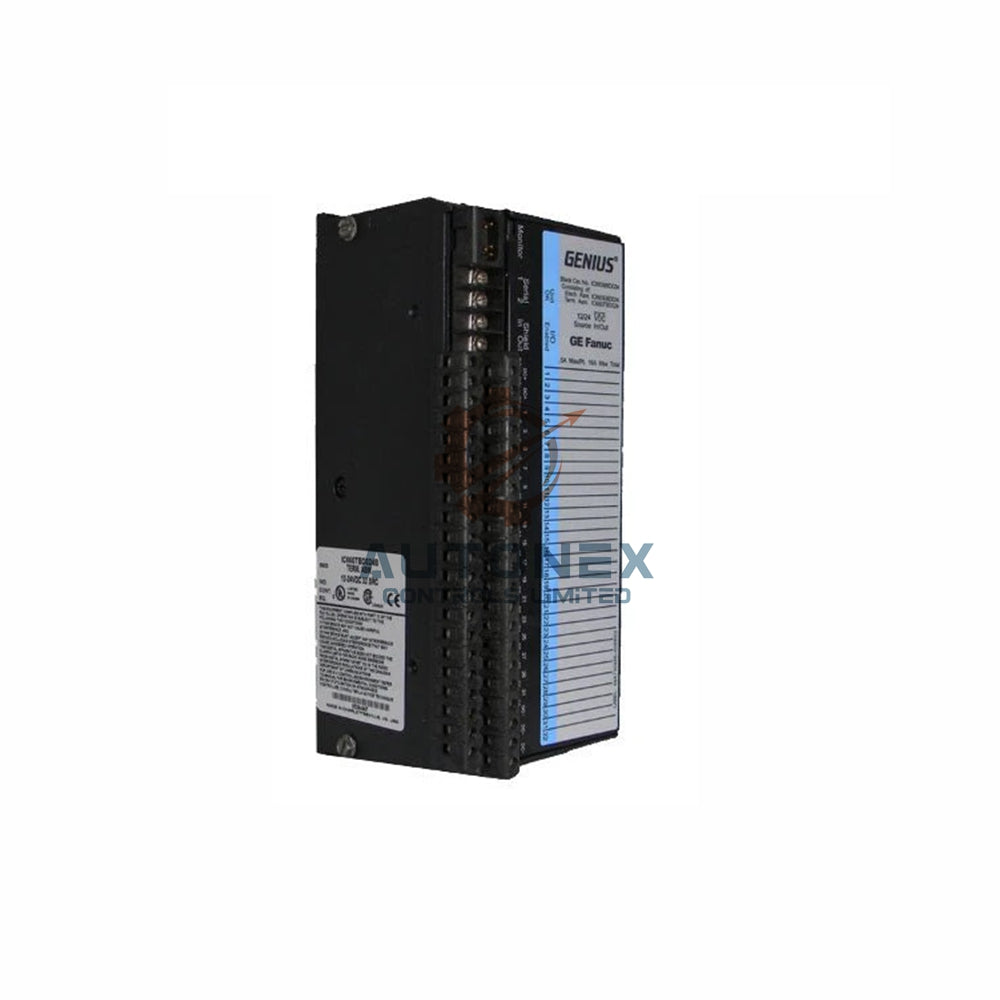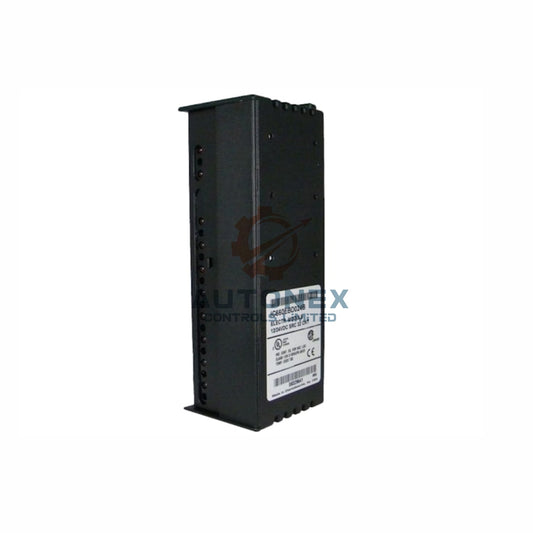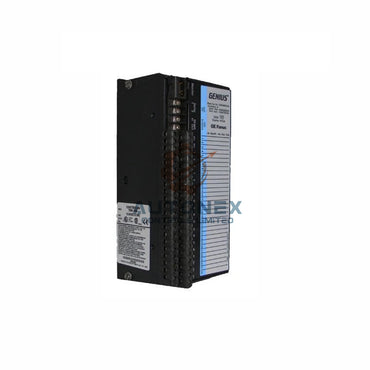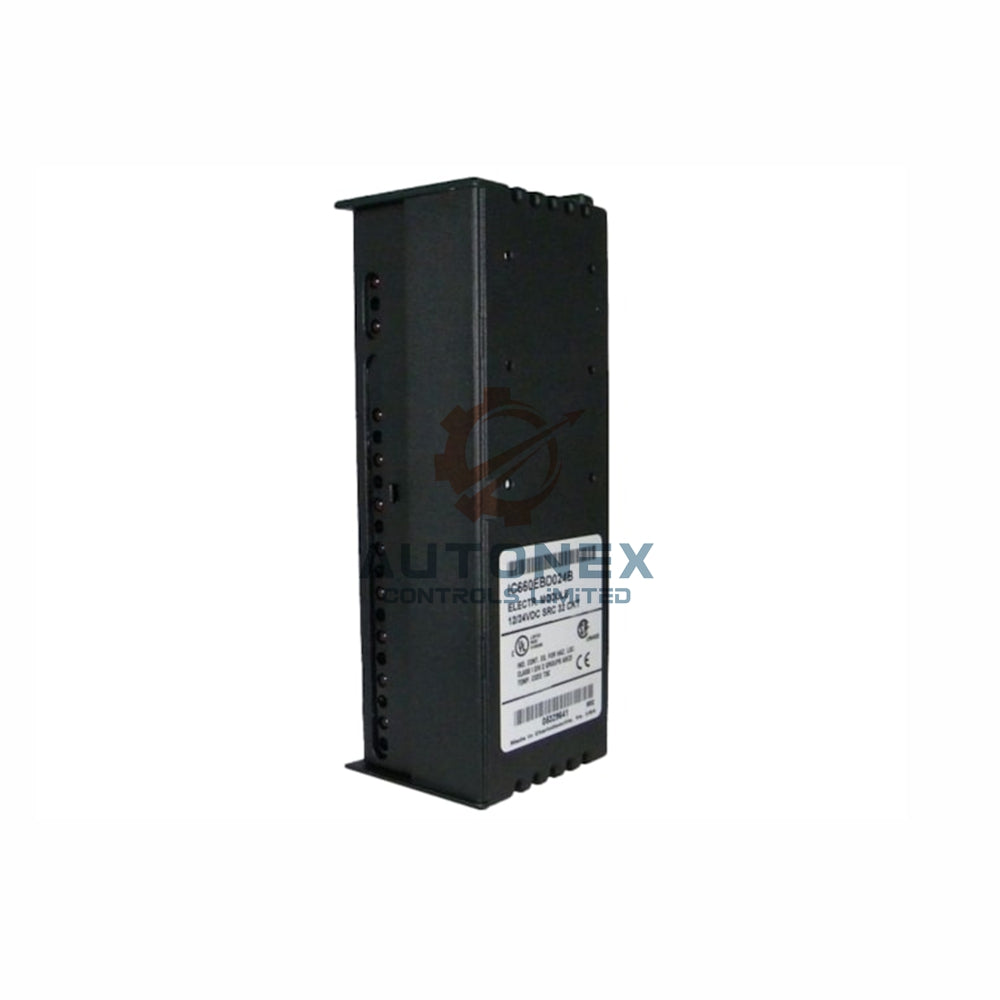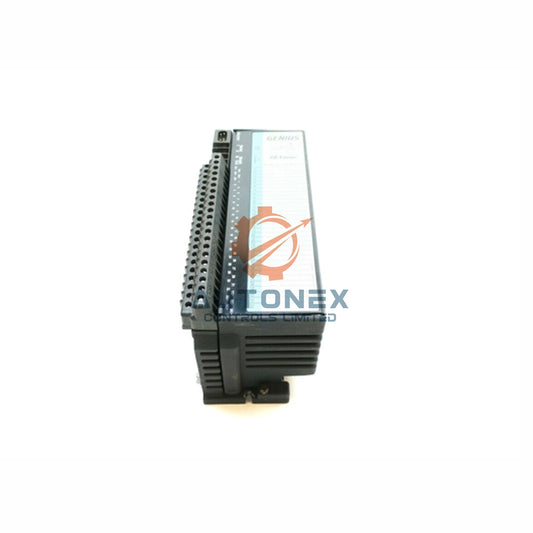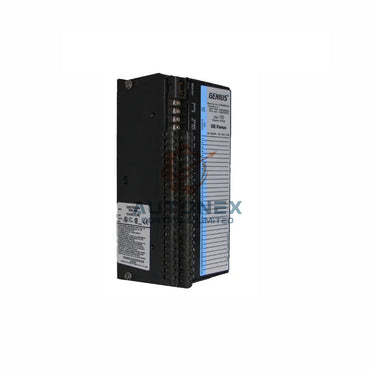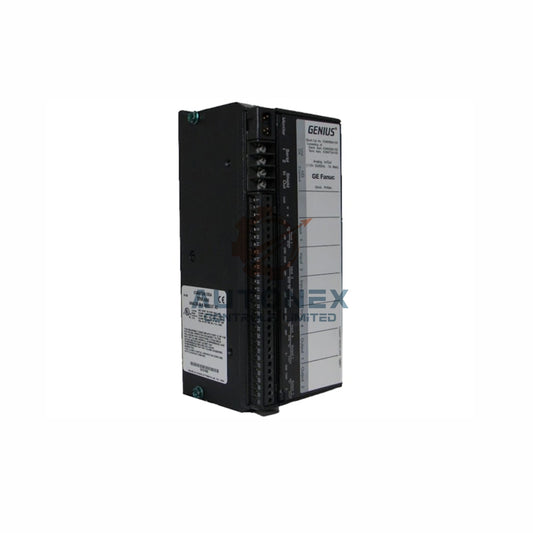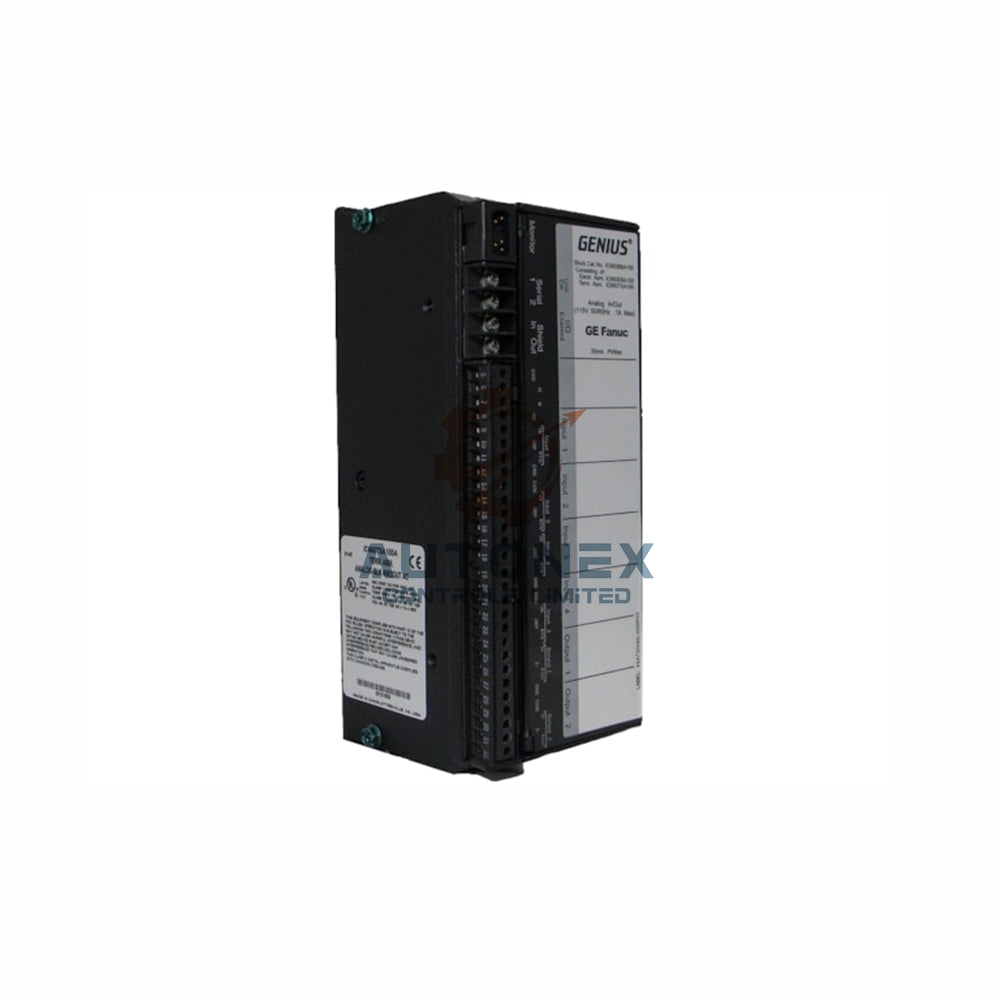Maximizing Operational Uptime: Advanced DCS Solutions for Industrial Excellence
Modern industrial operations demand exceptional system reliability. This article explores practical approaches for achieving superior performance using advanced control technologies.
Understanding Modern Control System Requirements
Today's manufacturing facilities require continuous operation. However, many plants struggle with unexpected downtime. Therefore, implementing robust control systems becomes essential for success.
Essential Components of Reliable DCS Architecture
A well-designed Distributed Control System needs multiple redundancy layers. Critical components should include backup controllers and dual networks. Moreover, automated failover mechanisms ensure uninterrupted operation.

Implementing Predictive Maintenance Strategies
Advanced monitoring systems detect potential issues early. Vibration analysis and thermal imaging identify developing problems. Consequently, maintenance teams can address concerns before failures occur.
Optimizing System Performance Through Data Analytics
Modern DCS solutions generate valuable operational data. Analyzing this information reveals performance patterns. Additionally, it helps identify optimization opportunities for better efficiency.
Integrating Protection Systems for Critical Assets
Machinery protection systems safeguard valuable equipment. They monitor parameters like speed and temperature. Furthermore, they initiate automatic shutdowns when detecting dangerous conditions.
Leveraging Bently Nevada's Expertise
Bently Nevada brings decades of industry experience. Their solutions incorporate proven reliability engineering principles. Many Fortune 500 companies trust their technology for critical operations.
Real-World Application: Chemical Plant Success
One major chemical facility implemented these strategies. They achieved 99.94% operational availability. Annual maintenance costs decreased by 23% through predictive approaches.
Future Trends in Industrial Automation
Artificial intelligence is transforming maintenance practices. Machine learning algorithms now predict failures with 92% accuracy. These technologies represent the next evolution in reliability management.

Implementation Roadmap for Success
Begin with a comprehensive system assessment. Then, prioritize critical assets for monitoring. Finally, develop customized maintenance procedures based on collected data.
Frequently Asked Questions
What maintenance approach delivers the best results?
Predictive maintenance typically provides optimal outcomes. It reduces downtime while minimizing unnecessary maintenance costs.
How long does system implementation require?
Most facilities complete basic implementation within 3-6 months. However, full optimization may take 12-18 months.
What training do operators need?
Operators require system-specific training plus fundamental reliability engineering concepts. Continuous learning ensures optimal system utilization.
Can older systems integrate with modern solutions?
Yes, retrofit solutions enable legacy system integration. Gateway devices facilitate communication between old and new components.
What ROI can companies expect?
Most organizations achieve full investment recovery within 18-24 months through reduced downtime and maintenance savings.


